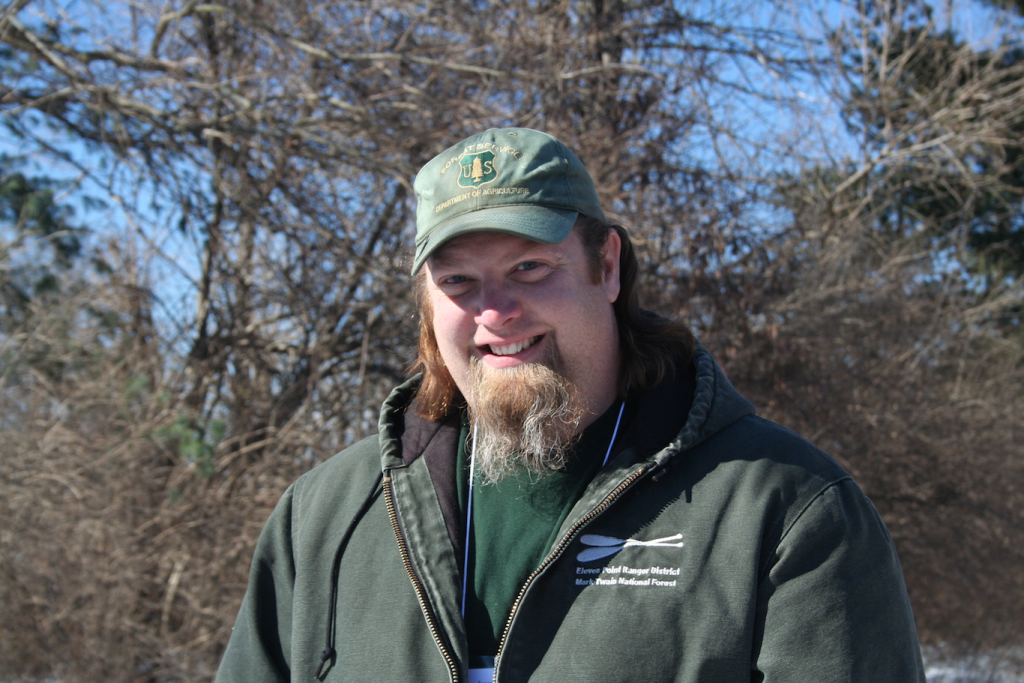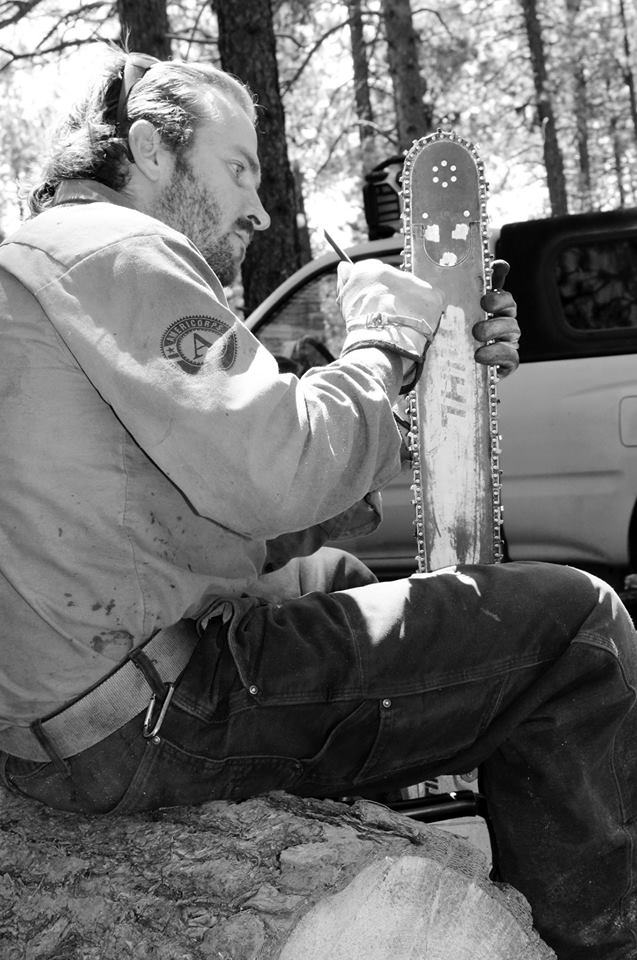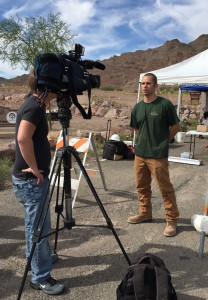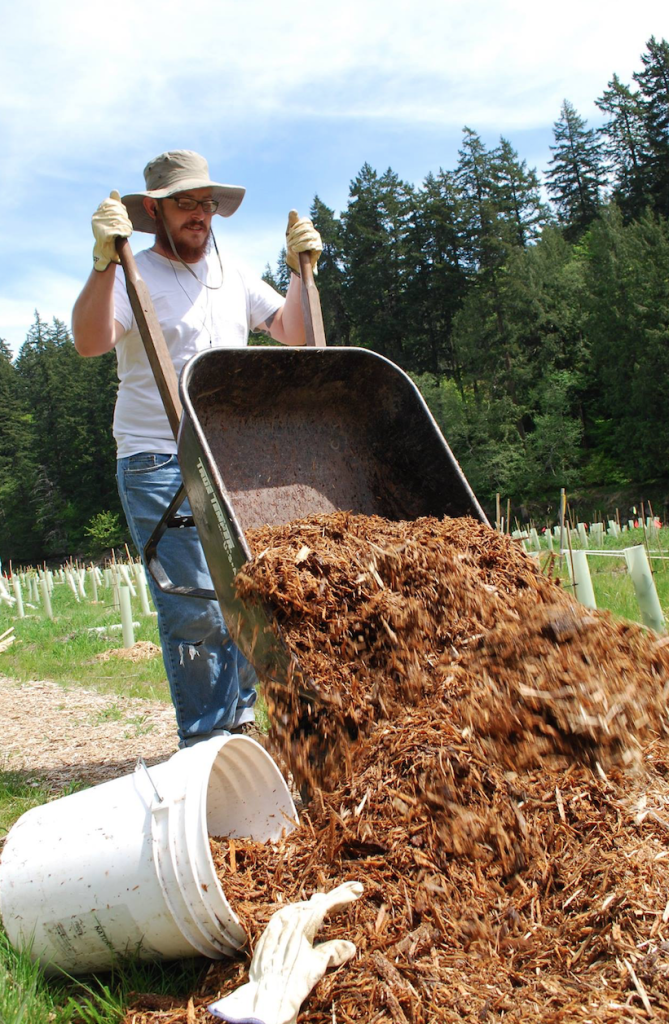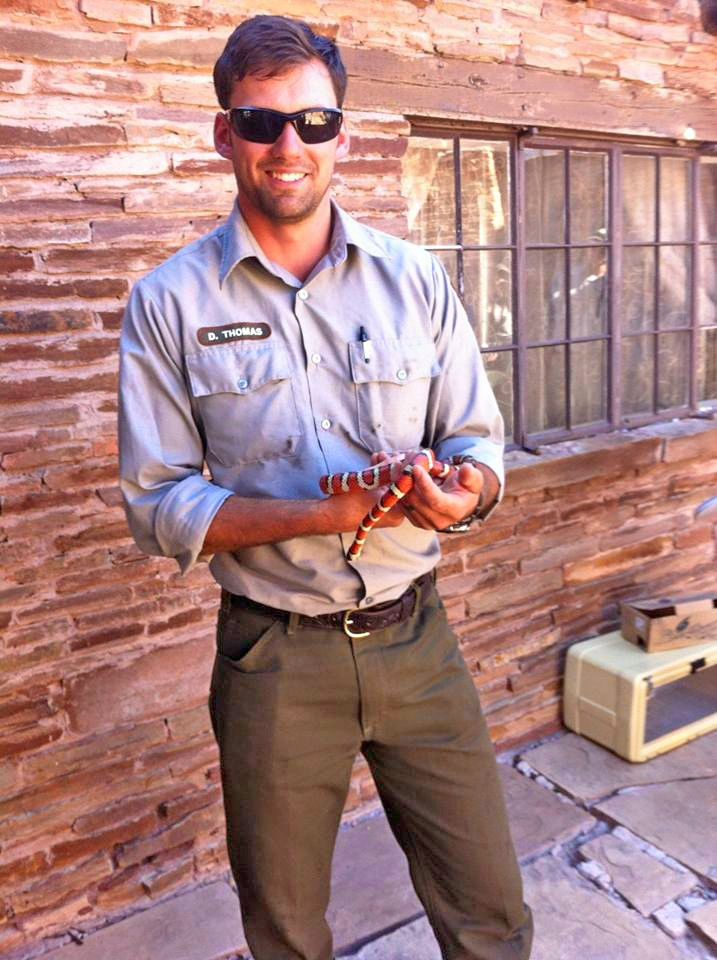Jason Griffith was born in Jonesboro, AR, the youngest of seven children. After graduating from high school, he worked several jobs ranging from construction to cook to bouncer to receptionist. The most rewarding jobs were those that allowed him to use his artistic and creative skills.
After many attempts to find his place in the world, Jason decided to enlist in the Army in 2001 as a Tracked Vehicle Mechanic. He attended Basic Training at Ft. Knox, KY. After graduating near the top of his Advanced Individual Training (AIT) class, Jason quickly rose to team leader status and later to squad leader. His unit was deployed to Iraq in 2003 and in 2008. Jason’s creative talents earned him the Meritorious Service Medal for his design of an external storage and deployment system for the TALON robot, which is used to clear routes of explosive devices. Jason’s design decreased the amount of time that soldiers both inside and outside the vehicle were exposed to enemy fire from four minutes down to 10 seconds.
During his second deployment on a mission to recover vehicles that had broken down near Baghdad, Jason was thrown from his 50-caliber machine gun turret. He sustained a cracked spine, ruptured disk, and a compressed nerve that would eventually lead to three surgeries, four different pain management procedures and countless rounds of shots, physical therapy and painkillers. He ultimately received a medical discharge.
At this point Jason entered the Community Based Warrior Transition Unit (CBWTU), a program that allows Reserve and National Guard soldiers to stay at home while undergoing medical treatment and recovery. Jason took advantage of an option that allowed him to report to the Mark Twain National Forest near his home in southeast Missouri for the duration of the program. There, he worked mostly with the Recreation Department. His experience was profound: Jason felt that he “was destined to follow a career path within the Forest Service.”
Jason stayed with the U.S. Forest Service as a sponsored volunteer for two years, and then another six months as a regular volunteer. He hoped that this experience would lead to a permanent job, but this didn’t work out as planned so he left his volunteer position to find a job that paid the bills.
A little more than a year later, in 2014, Jason discovered the VetsWork program: an AmeriCorps program offered through the Mt. Adams Institute that supports veterans seeking to transition from the military into a civilian career in natural resources or public lands management. Fortunately for Jason, VetsWork had an open position with the Mark Twain National Forest. He decided to give it another chance. Jason accepted a position as a Recreation Assistant, responsible for ensuring that the forest’s lands were accessible to the public. Jason says it felt “like being away for a long time, and finally coming home.”
Jason served a full 45-week VetsWork term of service and began a second term before being offered a permanent full-time position with the forest as Recreation Technician in August 2015. In summing up his experience, Jason said, “Of all the stepping stones on the path to becoming a permanent employee with the U.S. Forest Service, the VetsWork program has taken me farther and higher than any other.”

